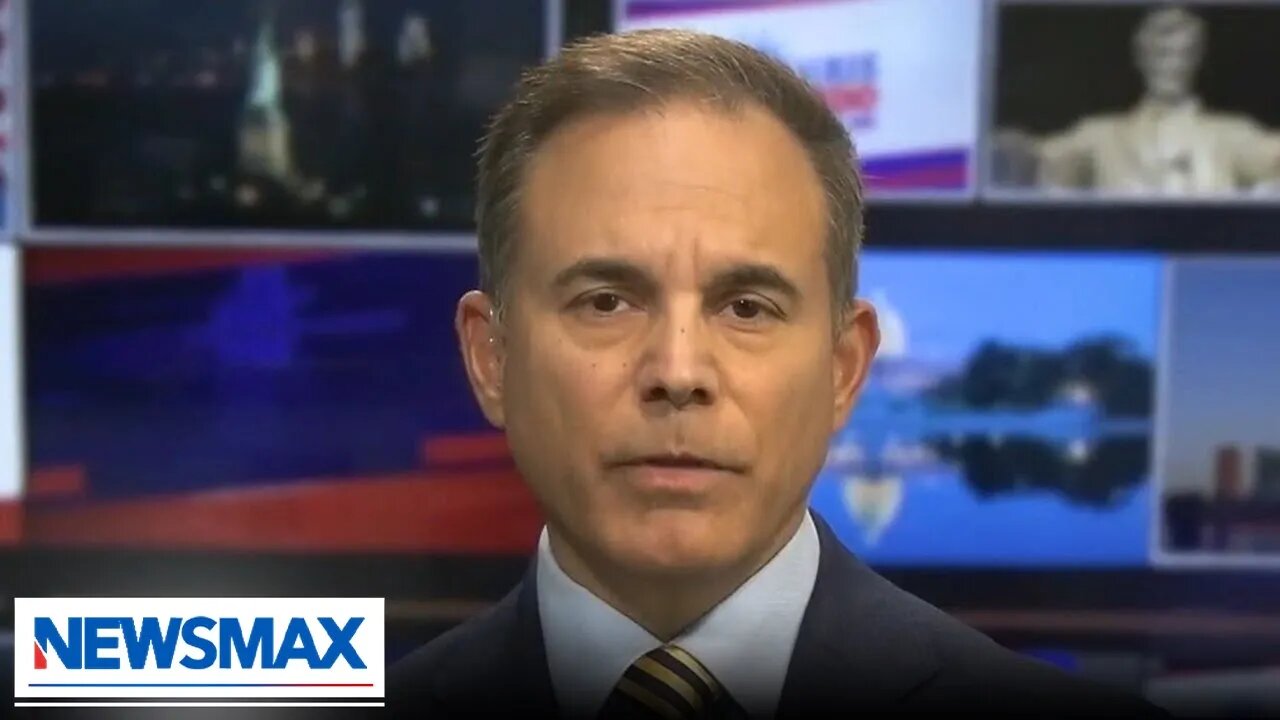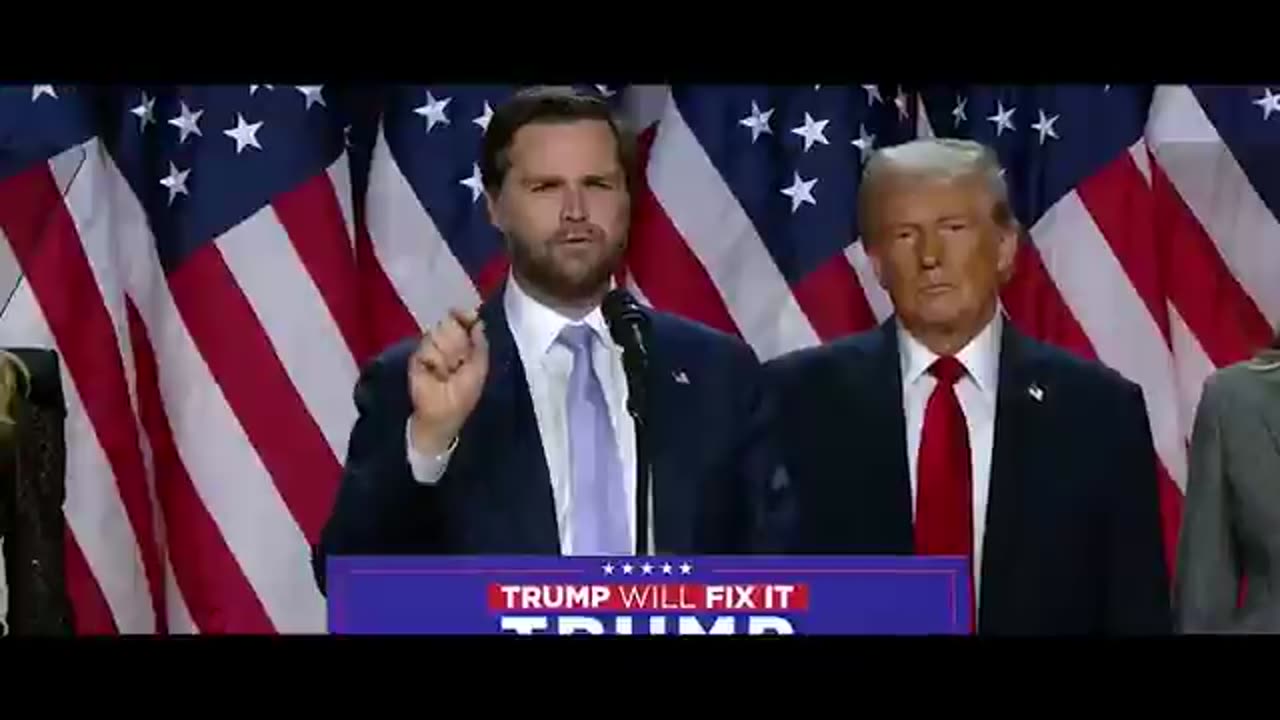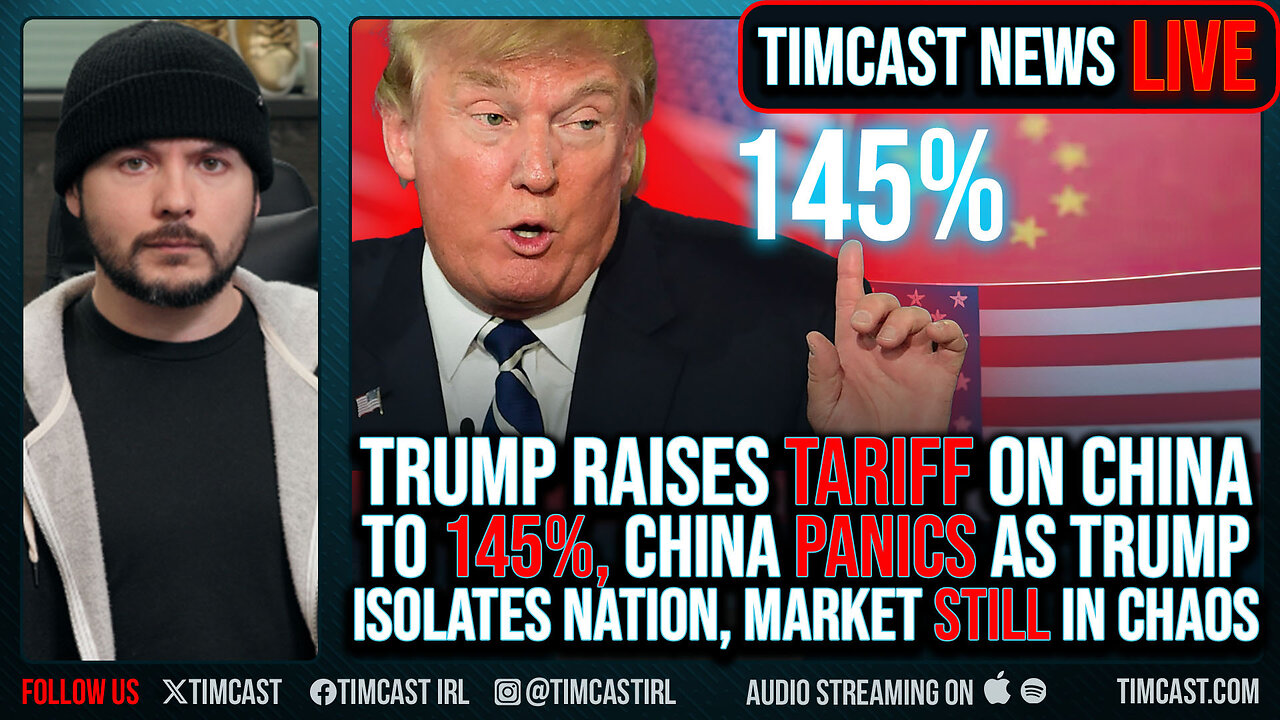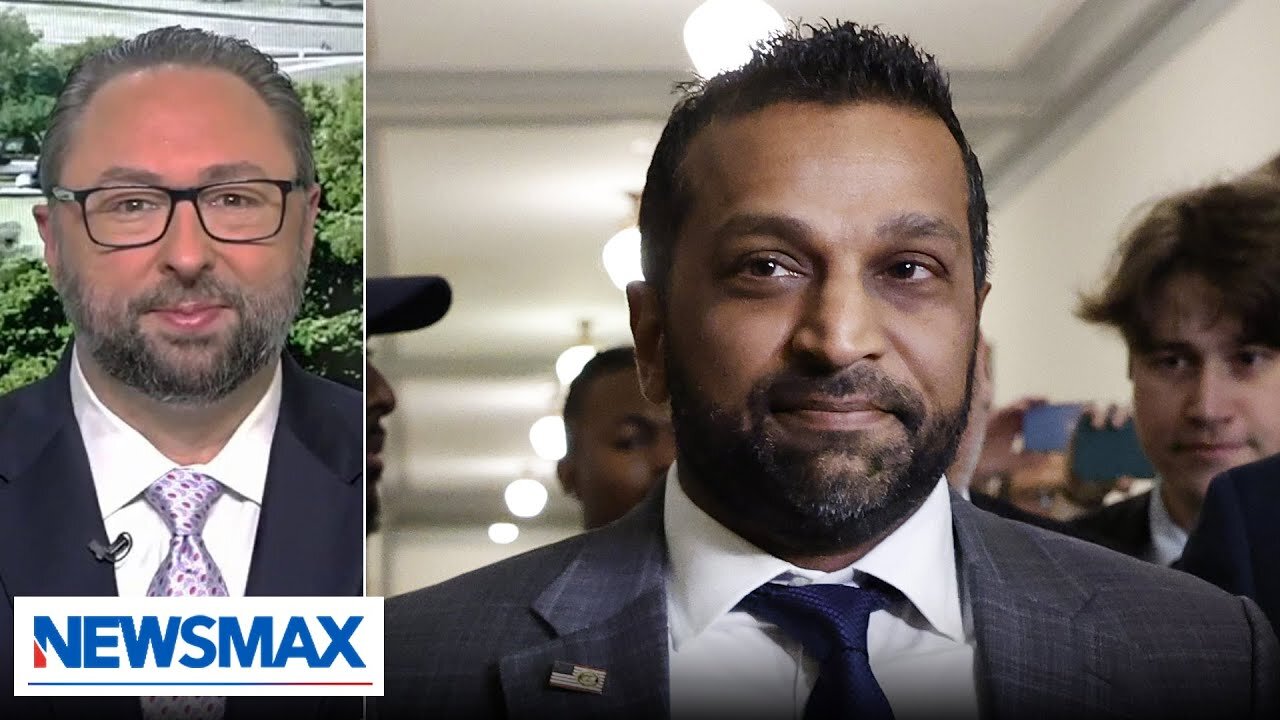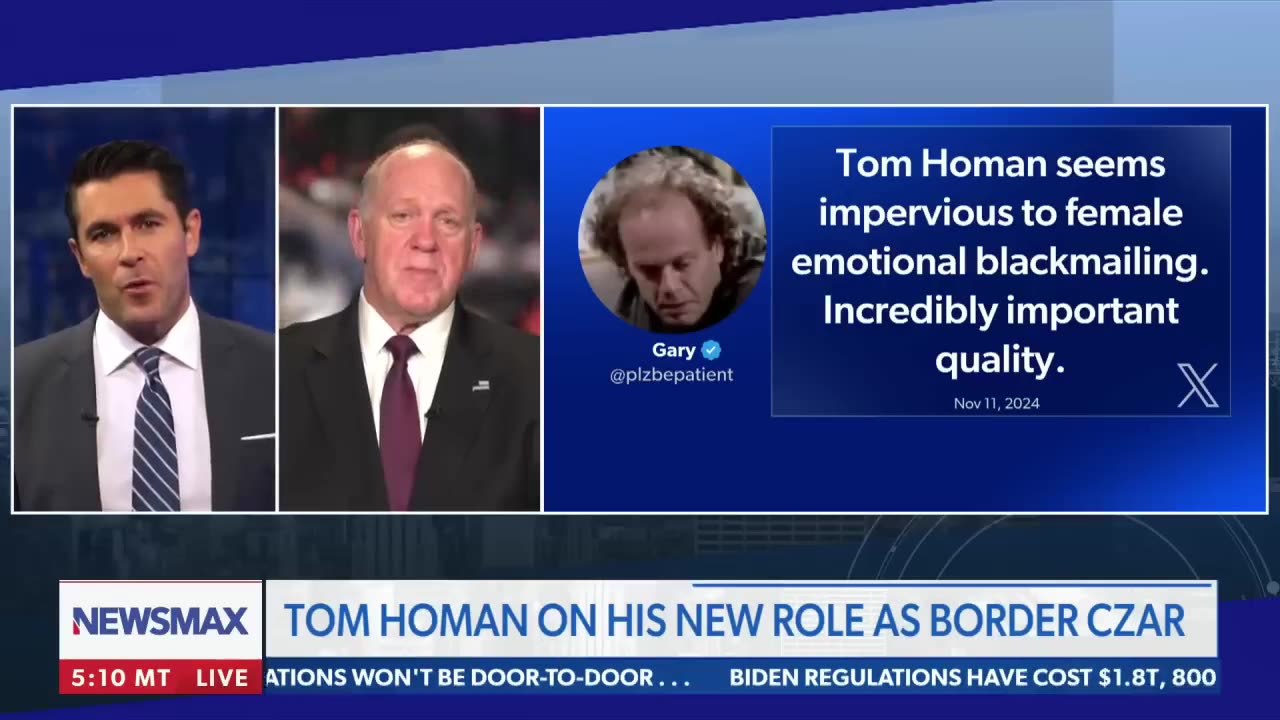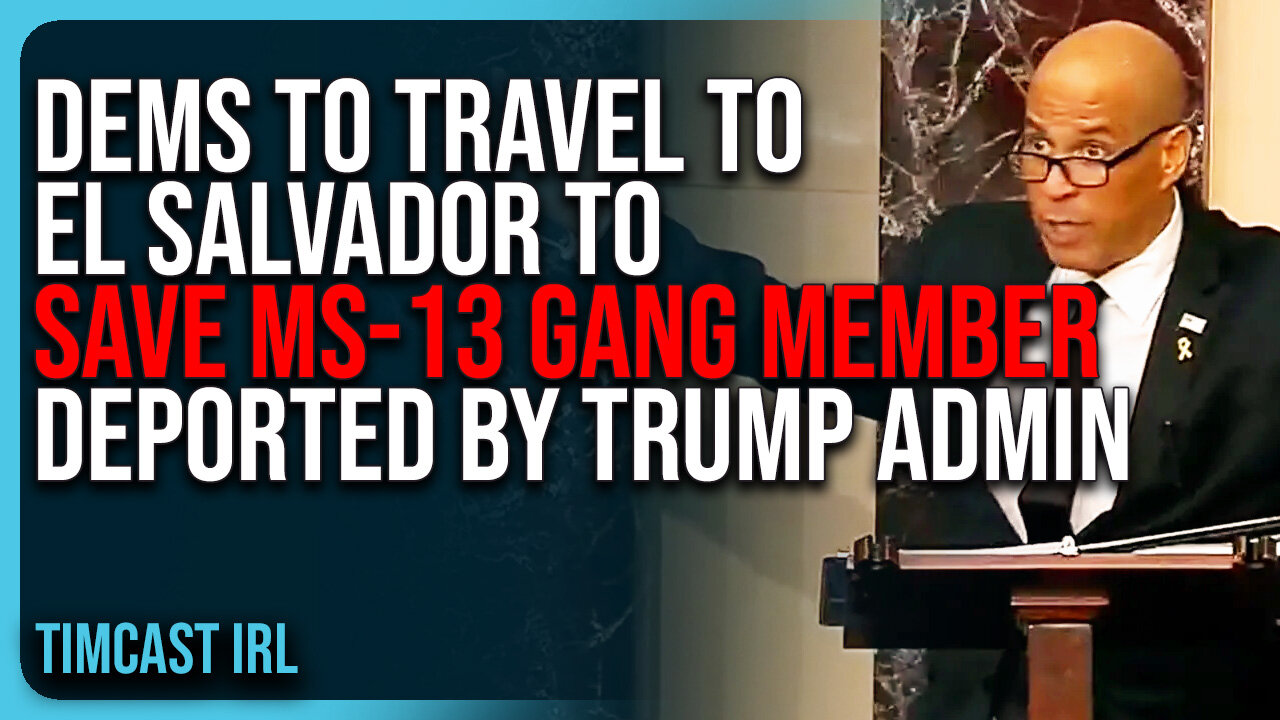America last? Foreign workers fill jobs while Americans are left out


America is full. Beyond the ongoing waves of illegal immigration, the country has admitted 36 million legal immigrants since 1989 (68 million since 1965), bringing the foreign-born population to a record 51.6 million. Every year, the U.S. issues 1.1 million green cards, 1 million guest worker visas, and 1.1 million foreign student visas. This level of immigration has transformed the nation over the past generation in unprecedented ways.
The real debate should focus on how much immigration we can curtail. Unfortunately, influential forces connected to Trump donors and transition team leaders are pushing to expand the foreign-worker pool, even though America already has more than enough.
Eight years into the MAGA movement, conservatives should not have to play defense to prevent further increases in immigration after four years of Biden’s disastrous policies.
Calls for more foreign workers come from multiple sources, including Elon Musk, who advocates for increasing foreign-worker visas and green cards. The “tech bros” even persuaded Trump to echo Mitt Romney’s half-baked suggestion of “stapling green cards to the diplomas” of foreign students.
We don’t need more foreign workers
After the election, House Speaker Mike Johnson (R-La.) emphatically declared, “We need more work visas,” as though it were an unassailable truth. However, the idea of a foreign-worker shortage exists only among those who believe new jobs should be reserved for foreigners while sidelining Americans.
In reality, all net job growth in the U.S. since 2019 has gone to foreign-born workers. Heritage Foundation economist E.J. Antoni notes that, over the past year, native-born workers have lost 773,000 jobs on net, while foreign-born workers have gained more than one million jobs.
Since before the pandemic, the foreign-born workforce has grown by 3.7 million, while the native-born workforce has shrunk by 873,000. These numbers challenge the narrative that America needs more foreign labor.

What began as an argument that Americans won’t do manual labor has evolved into a claim that Americans won’t work in accounting, engineering, computers, or nursing. This belief creates self-fulfilling momentum, working against Americans in numerous industries. As more industries become saturated with workers from India or other countries accustomed to lower wages, salaries are depressed, and Americans are increasingly sidelined — especially as government policies often pay them not to work.
Indian contract companies like Infosys, HCL, Wipro, Cognizant, and Tata have exploited the H-1B, L-1, F-1, and Optional Practical Training visa pipelines to flood Silicon Valley and American tech companies with cheap labor. This approach not only boxes out American workers but also treats many Indian recruits as indentured servants. Over the past few decades, 71% of jobs in Silicon Valley have gone to foreign workers, while 74% of American STEM graduates have failed to secure jobs in STEM fields.
As industries like tech and computers become increasingly saturated with Indian workers, they develop cultures of parochialism and discrimination against Americans. In October, a federal jury found Cognizant, the largest recipient of H-1B visas for many years, guilty of discriminating against American IT workers. During the California-based discrimination lawsuit in Palmer v. Cognizant Technology Solutions Corp., evidence revealed that tech firms were actively terminating American employees to replace them with H-1B workers, primarily from India.
The population of Indian nationals in the United States has grown 13-fold since 1980. Every year, Indian nationals consistently rank as the second-largest recipients of green cards, with more than 100,000 issued annually. Additionally, there are 330,000 foreign students from India studying in the U.S. On what planet do GOP donors believe we don’t already have enough?
Toward a more balanced approach
The goal of economic policy — including tax, regulatory, welfare, and immigration measures — should focus on bringing sidelined American workers back into the labor force. Yet, one of the primary arguments for admitting so many immigrants is the supposed lack of available workers. This narrative ignores the significant rise in working-age Americans (16 to 64) not participating in the labor force. These individuals are not counted as unemployed because they are no longer actively seeking work.
The combination of welfare incentives and immigration-driven wage suppression has discouraged an entire generation of workers from rejoining the labor force. According to the Center for Immigration Studies, “If the same share of U.S.-born men (16 to 64) were in the labor force in 2023 as in 1960, there would be 9.5 million more U.S.-born men in the labor force. Even if the share returned to the 2000 level, it would still add 4.8 million men to the labor force.”
Instead of flooding the market with more cheap labor, further discouraging these sidelined workers, policymakers should consider a more balanced approach. Combining immigration reform with welfare reform could help incentivize Americans to re-enter the workforce and reverse these damaging trends.
We constantly hear about the supposed shortage of STEM workers, but labor scholar Steve Camarota of the Center for Immigration Studies raises an important question: “If employers are desperate for more STEM workers, why have they been lowering the compensation offered?” According to the Bureau of Labor Statistics, compensation for STEM workers in 2023 was actually 7.1% lower than in 2019. If there is a tight labor market, it’s not for Americans but for the growing segment of third-world imports willing to work for less.
Congress banned contract labor immigration in 1891 for good reason. Sections 3 and 4 of the Immigration Act of 1891 prohibited companies and travel agencies from marketing or soliciting immigration with the promise of employment. The Founders envisioned a system that attracted productive immigrants who would assimilate into America’s political system and work freely, rather than one that functioned as a foreign labor mill designed to depress wages for Americans.
As Trump said during the 2016 campaign, “The time has come for a new immigration commission to develop a new set of reforms ... to keep immigration levels, measured by population share, within historical norms ... and to establish new immigration controls to boost wages and to ensure that open jobs are offered to American workers first.”
Trump made these promises before the record-setting immigration years under the Biden administration and before all the new job gains were captured by foreign nationals. Now is the time to fulfill those promises and return immigration to historic norms. Eight years into the MAGA movement, conservatives should not have to play defense to prevent further increases in immigration after four years of Biden’s disastrous policies.
Originally Published at Daily Wire, Daily Signal, or The Blaze
What's Your Reaction?
 Like
0
Like
0
 Dislike
0
Dislike
0
 Love
0
Love
0
 Funny
0
Funny
0
 Angry
0
Angry
0
 Sad
0
Sad
0
 Wow
0
Wow
0





